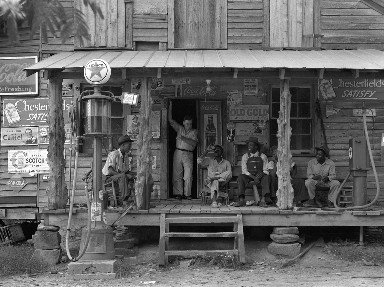Quiz Answer Key and Fun Facts
1. Which warrior was one of the leaders of a slave rebellion that kept Rome in turmoil for over a year?
2. Which Scottish warrior and national hero was immortalized in an account by Blind Harry?
3. A soldier in the army of the great Charlemagne, this warrior was given the task of leading the rearguard during the retreat of the Franks from Spain. Who is said to have blown the horn three times to let the main army know there was trouble?
4. This brave warrior fought against Caesar in Gaul. Who was defeated at the Battle of Alesia?
5. Which niece of Kublai Khan was described by Marco Polo as a superb female warrior?
6. Which Chinese warrior had the characters "jing zhong bao guo" tattooed on his back? Translated these characters mean "serve the country with the utmost loyalty".
7. Considered to be one of the greatest military strategists of all time, which Roman warrior defeated Hannibal at the Battle of Zama?
8. Which great Viking warrior also wrote epic poetry?
9. The exploits of the warrior King Leonidas of Sparta at the Battle of Thermopylae are well documented. Whose army, however, did he fight against?
10. Which of the following best describes the warrior queen of the Iceni, Boudica, who led a revolt against the Roman Empire after the death of her husband, Prasutagus?
Source: Author
ponycargirl
This quiz was reviewed by FunTrivia editor
bloomsby before going online.
Any errors found in FunTrivia content are routinely corrected through our feedback system.

